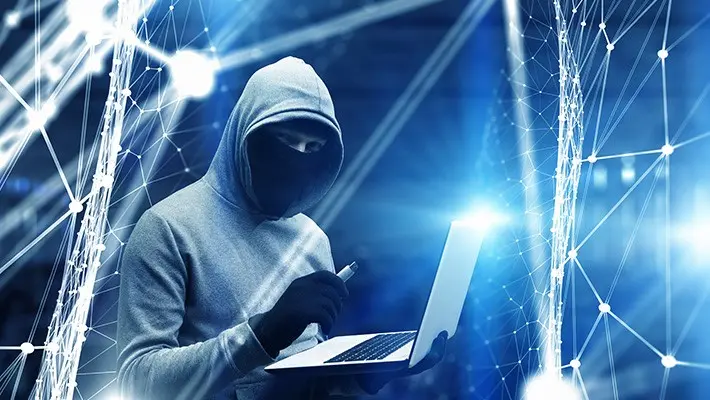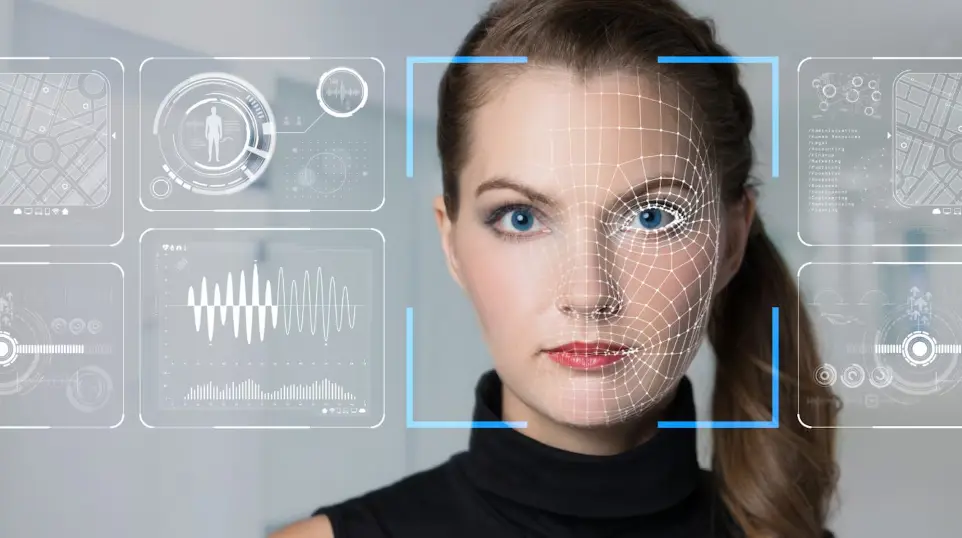

Defamation, personal discredit and even a negative impact on the reputation and trust of a brand are some of the consequences of using this disturbing technology. Specialists shared with us strategies to combat and detect cases.
Deepfake: frauds with image manipulation created by artificial intelligence are on the rise
There is no doubt that Artificial Intelligence has revolutionized not only the technological industries, but also everyday life. Its advances have already transformed the way we interact with the world. However, along with its advantages, a worrying shadow has also emerged: the dizzying rise of deepfakes.
This disturbing technique, supported by generative neural network algorithms, allows the creation of extremely realistic fake images, videos and audios that cybercriminals are already using to commit digital scams and virtual deceptions.
According to data from the World Economic Forum, deepfake fraud is growing at an annual rate of 900%. These figures are an example of how this cybercrime has escalated worldwide, not only with the aim of committing theft, but also manipulating or affecting the reputation of an individual or company and promoting disinformation through fake news.
“This AI-based technology continues to be refined more and more, even being used to spread false information, carry out million-dollar scams on companies and even hinder political campaigns,” explained Pablo Gagliardo, general director of Noventiq Argentina.
The specialist warned that deepfake campaigns are a major threat capable of significantly impacting people's private lives or the growth of a brand: “It is important to be alert to possible vulnerabilities that, although in some cases it is easy to recognize when it is a fake image or video, the more this technology evolves, the more sophisticated and difficult to detect they become,” Gagliardo explained.
The challenges posed by deepfakes
The ability to manipulate faces, voices and expressions with surprising precision poses serious challenges when it comes to discerning between what is authentic and what is false. In this sense, the specialist company shared with TN Tecno some strategies to counteract deepfakes.
- Awareness and education
The battle against this image manipulation technique begins with awareness and education. It is essential that everyone, from the general public to professionals and companies, understand what it is, how it works and how it can be recognized in some cases.
- Strengthening digital authenticity
Platforms must invest in robust authentication technologies that allow the legitimacy of shared content to be verified. Facial and voice recognition algorithms, as well as digital watermarks, can play a crucial role in protecting the integrity of multimedia files.
- Collaboration and cooperation
The fight against deepfakes requires a joint effort by governments, technology companies, academic institutions and civil society. Strong partnerships must be established to share knowledge, resources and best practices in detecting and mitigating this technique. Furthermore, international collaboration is essential to address this global challenge and establish common standards that promote integrity and authenticity in digital media.
- Legislation and regulation
In California, for example, laws have already been imposed against the use of deepfakes in matters relating to pornographic content and involving politicians. This shows that governments must work together to establish legal frameworks that penalize the production and dissemination of manipulated materials with malicious intent.
“Deepfakes can be identified in some cases, either by sudden movements, lighting changes from one frame to the next, strange blinking or the absence of it, and lack of lip synchrony with speech, however, this threat should not be underestimated,” Gagliardo explained.
Combating this threat requires a comprehensive approach that encompasses education, technology, legislation and collaboration: “By implementing effective strategies, we can counteract the advance of deepfakes and protect the integrity of information in the digital age. Together, we can preserve trust in the media we consume and share,” concluded the specialist.
How to recognize a deepfake
Researchers at the University of Buffalo, in New York, recently published a study that proposes a method, apparently effective, to identify deepfakes.
Experts say that the secret to recognizing a deepfake is to look at the eyes of the person in the video or image in question. Specifically, they developed an algorithm that detects when a photo has been manipulated and they say that the system they created is correct in 94% of cases.
The key is in the reflection of the eyes. Why should we focus on that? According to them, artificial intelligence systems are not yet good at creating reflections in the gaze. Sometimes they are not precise and sometimes they place different elements in each eye. That is, they have improved a lot in the creation of the scene in general (including gestures, mouth movements, even eyes), but they have not yet done so in the reflections that any eye has. In this way, by carefully examining those details, this method can recognize deepfakes.
The experts analyzed images from the This Person Does Not Exist database, an initiative that consisted of creating portraits of people with a super-realistic appearance, although they do not exist in the real world. To have a comparative source, they used photos of real people from Flickr. In all cases, they examined the reflections in the eyes in detail.
The main author of the study explained that both eyes should have very similar reflective patterns, because they are seeing the same thing.

 IHRO NEWS
IHRO NEWS